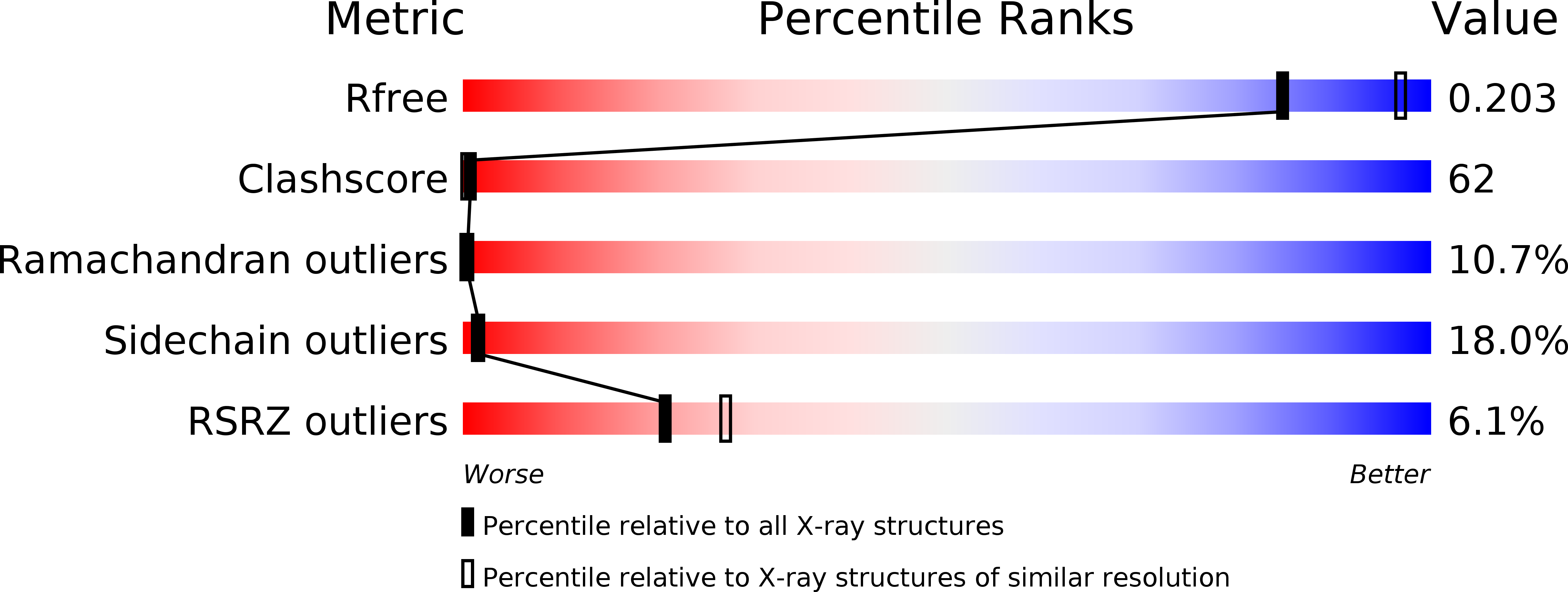
Deposition Date
2009-12-10
Release Date
2010-08-18
Last Version Date
2024-11-06
Entry Detail
PDB ID:
3ABG
Keywords:
Title:
X-ray Crystal Analysis of Bilirubin Oxidase from Myrothecium verrucaria at 2.3 angstrom Resolution using a Twin Crystal
Biological Source:
Source Organism:
Albifimbria verrucaria (Taxon ID: 1859699)
Method Details:
Experimental Method:
Resolution:
2.30 Å
R-Value Free:
0.18
R-Value Work:
0.15
R-Value Observed:
0.17
Space Group:
P 63


